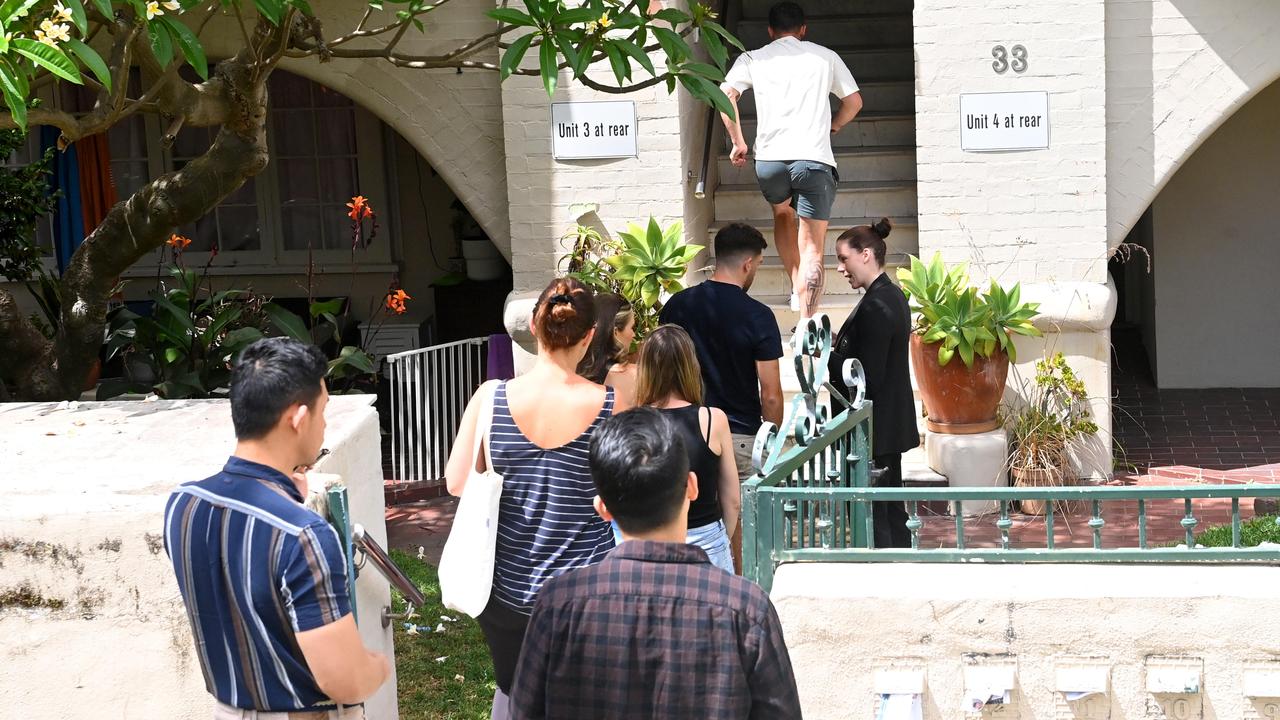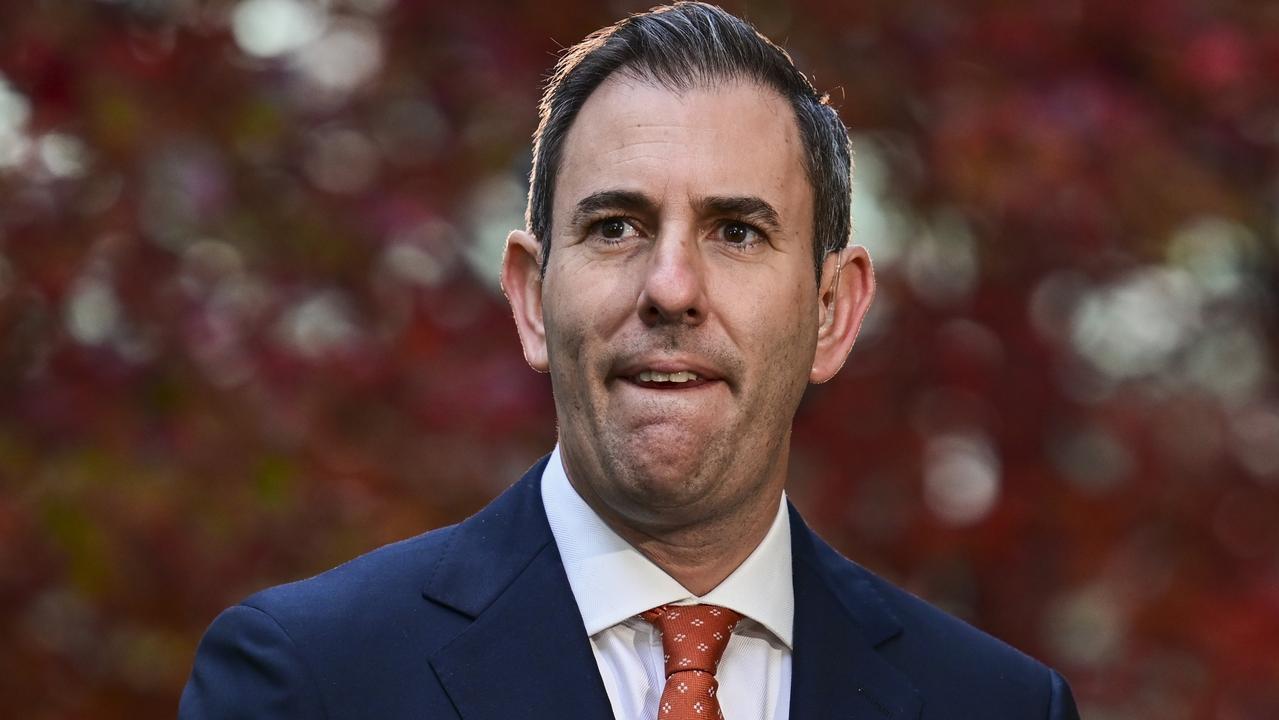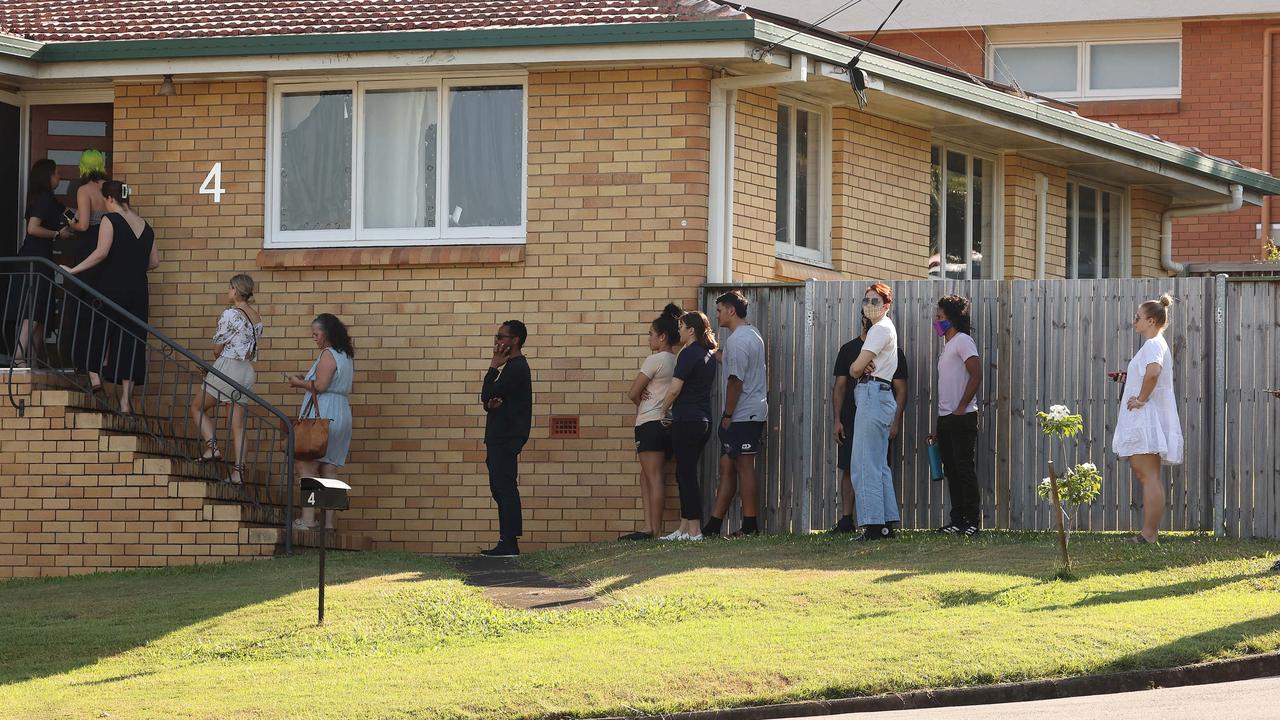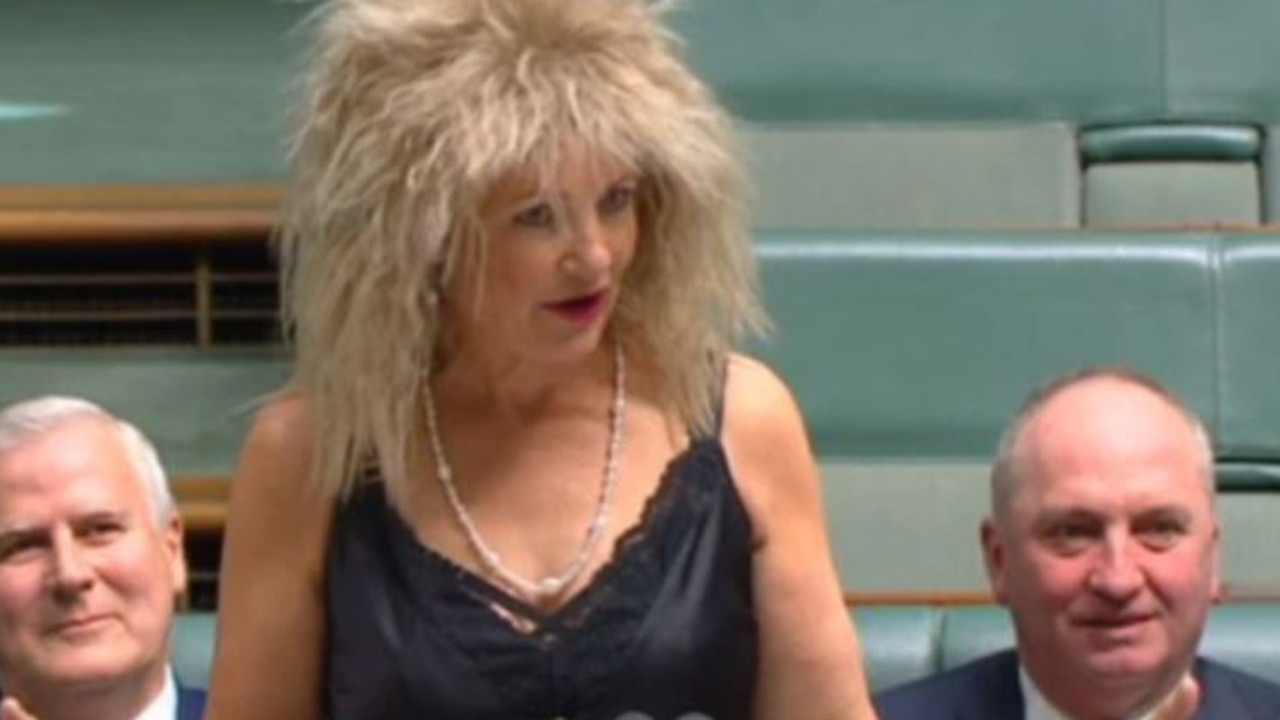Government slammed over budget’s failure to address housing crisis
There are warnings that Australia’s “biggest cost of living crisis” remains unsolved – and it will create hardship and huge financial costs for families.

The “biggest cost of living crisis” – where renters have been hit with massive rises and young people have been locked out of buying a home – was not tackled in the budget, and “bold” moves are needed solve the problem, according to experts.
Treasurer Jim Chalmers delivered a $4.2 billion surplus in his budget on Tuesday but there was little relief for Aussies grappling with housing affordability.
Everybody’s Home spokeswoman Maiy Azize said the Federal Government had delivered a “mediocre budget for one of the biggest crises the nation is facing”.
“Finding a decent, affordable home has never been tougher – yet too many people have been pushed into housing stress because they’ve been locked out,” she said.
“The budget has no plan to end Australia’s massive shortfall in social homes. Instead of acting on the biggest living cost facing Australians, it is tinkering around the edges.”

Despite the budget forecasting rents will pick up as the rental market tightens over the year, just 1.1 million households will see their Commonwealth Rent Assistance beefed up by 15 per cent.
Ms Azize said the changes to Commonwealth Rent Assistance won’t make housing more affordable overall.
“Two in three people on JobSeeker and nine in 10 people on Youth Allowance will miss out on rent assistance altogether, and those who do get a small increase will find that it has been swallowed by surging rents,” she said.
“The only way to help renters on the lowest incomes is to give a major boost to JobSeeker and other Centrelink payments, and reform rent assistance so that it reaches people in need and keeps up with rent increases.
“Budgets are about choices. The Government is forecasting a surplus this financial year, and it is pushing ahead with billions of dollars in tax cuts to people who don’t even want them. It has the means, but it does not have the will.
“We need action that truly matches the scale of Australia’s housing crisis – that’s what the community expects. Everybody’s Home will continue to push for 25,000 social homes to be built every year, for an end to tax handouts for landlords, and for more support for renters doing it tough.”

Julie Toth, chief economist of property research outfit Pexa, said more is needed to be done to address the nation’s long-term housing shortage.
She said while the measures announced in the budget would help individuals, the scale, complexity and longevity of Australia’s national housing crisis requires a “bolder response”.
While the rent assistance was the largest increase in 30 years, it would not cover advertised rent increases that have averaged 13 per cent nationally for capital city houses and 22 per cent for capital city units over the year to March 2023, she said.
“While the housing policy measures announced in this federal budget provide some relief, they are unlikely to keep pace with the scale of the problem facing vulnerable Australians,” she said.
“The budget estimates that population growth is expected to reach 2 per cent in 2022-23 and 1.7 per cent in 2023-24 – up from 1.4 per cent in last October’s budget, driven by net overseas migration, while further demand pressure is coming from our underlying trend towards smaller households.
“On the supply side, Treasury expects national dwelling investment spending will fall in every year to 2024-25.
“This will see the existing housing supply gap grow by an additional 106,400 homes by 2027.”

Ms Toth said with a huge increase in population, the Government’s target of one million new homes will be too small to fill the gap, even if it can be built within the expected time frame.
“The magnitude, duration and complexity of this national housing supply gap and our subsequent affordability challenge requires a bold multifaceted response,” she said.
“As recognised by the Government’s Housing Accord, all levels of government, industry and community groups will need to lean in to help solve this problem.”
Despite a $40 increase a fortnight to social welfare payments, this would quickly be swallowed up by rising costs, experts also warned.
Homelessness Australia CEO Kate Colvin said the increase in the base rate of JobSeeker, Youth Allowance and Austudy was welcomed but will be quickly eclipsed by further rental increases.
“The increase to income support payments means more desperately needed dollars will be in the hands of renters struggling to make ends meet. Every dollar helps. But unfortunately, many recipients will still be treading water and more rent rises are expected. The truth is, the housing crisis and pressure on homelessness services will continue,” Ms Colvin said.
“An opportunity was missed to invest in a rapid rehousing fund to acquire properties that could be almost immediately made available to homeless families.
“While the budget includes a financial surplus, it has left a social deficit of unresolved homelessness that will create hardship for families and financial costs to the community in future years.”

Meanwhile, the budget also announced first homebuyers will be able to team up with siblings and friends to cobble together a deposit under changes to the government scheme, while Australians who have not owned a property for at least 10 years, permanent residents, and single legal guardians of children will get access to the scheme for the first time.
It means up to 50,000 homebuyers can now be supported by the First Home Buyers Guarantee program annually.
“While this broadens the diversity of participation and possibly improves the uptake rate, which has been relatively low in previous years, this program provides a guarantee rather than a grant,” Ms Toth said.
“It assists low-deposit buyers by avoiding the additional cost of mortgage insurance, but it does not reduce their total loan liability or their total home purchase price.”

Tenant advocacy group Better Renting also welcomed the budget commitment of $300 million to improve the energy efficiency of social housing properties, but said state governments should also take the opportunity to target private rental homes through mandatory minimum standards.
“With competition fiercer than ever, people are being forced into substandard properties that mean higher bills and a less safe environment for families,” Better Renting executive director Joel Dignam said.
“While working with the Commonwealth to retrofit social housing, state governments should also introduce minimum energy efficiency standards for rentals to help bring the private market up to scratch.”

Housing Industry Association (HIA) deputy managing director for Industry and Policy Jocelyn Martin welcomed the investment in social housing but agreed it will do little to put downward pressure on rental costs and housing affordability in the wider market.
“Housing affordability challenges facing Australian households can only be addressed if the supply of housing can align with demand,” she said.
“HIA estimates that Australia needs 1.66 million additional houses by 2030, just to keep up with the demand from population growth.
“Tackling housing affordability starts with making the supply of housing a national priority. Improving affordability can enable more households to own their own homes.”






